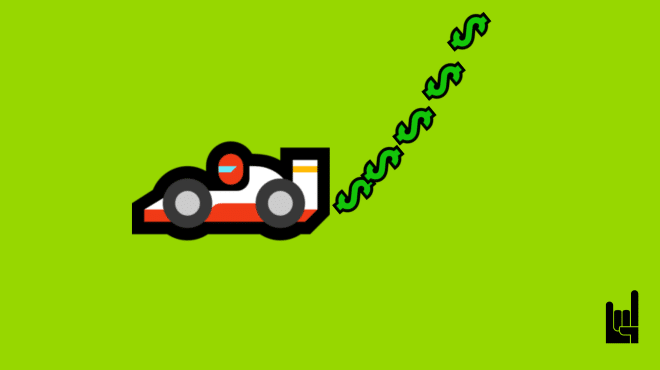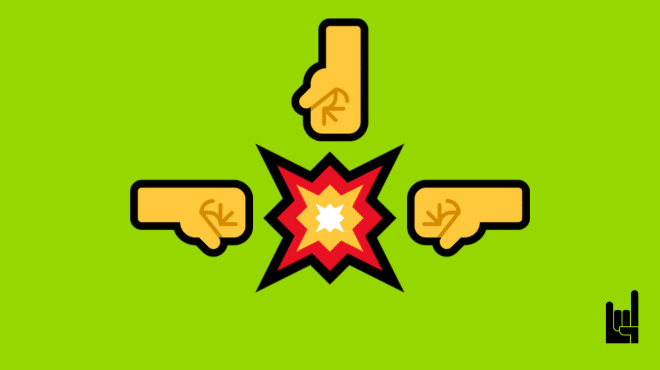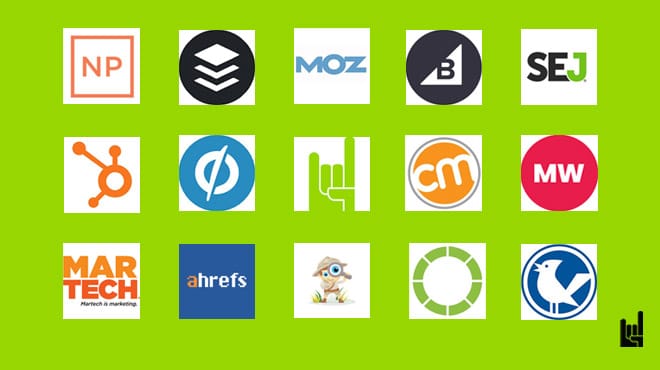SKAG gives you more control over your AdWords account to achieve higher performance. So, what makes it so important for the overall PPC outcome? Simply put, it saves you from budgeting on irrelevant traffic.
This is also why the scope of SKAG goes beyond AdWords for it works for both social and display networks as well.
What is a Single Keyword Ad Group (SKAG)?
A Single Keyword Ad Group, also known as a SKAG, is the ad group that contains only one keyword. The purpose of a SKAG is to match search intention as closely as possible.
Single Keyword Ad Groups (SKAGs) are ad groups in Google Ads with just one keyword in them.
8 Single Keyword Ad Group (SKAG) Benefits
When it comes to paying for each of the ad clicks, no one likes to see their budget disappearing without any conversion whatsoever. It’s one of the biggest fears of PPC marketers that plagues most of their campaigns.
So here’s how SKAG can help you with your ad campaigns:
- When creating fresh campaigns in SKAG, it’s easier to track the whereabouts of the keywords.
- The account performance metrics eventually improve over time.
- When search terms and keywords discrepancy lowers, you’ll eventually see more visitors click on the ads.
- Google begins to boost positions higher once the quality score and CTR start improving.
- Improvement in average position and quality score directly impact impression shares.
- You’ll gain more control and bidding option for keywords.
- You’ll have better user know-how of the users who ended up clicking on your ads.
- Experts have a keen insight on SKAG and they keep on trying different techniques to improve the overall performance of Google Ads.
SKAG helps PPC experts to come up with unique messages for particular search terms, thus boosting relevancy and reducing ad cost.
Single Keywords Ads Group (SKAG) Setup: How-To
Now that you know more about the importance of SKAG, let’s dive deeper and have a look at the actual process.
Proceed with the Search Terms Report
Login to your Google Ads account, and move to the search terms report by clicking on the keywords button.

Ranking
Remember that the search terms report is organized based on the total number of conversions as a result of clicking the conversion column’s header. Once it’s done, include all the top-performing keywords under their relevant ad groups.

Important: If you aren’t using conversion tracking, you can sort the report with the “Clicks” column and you can check average CPC with keyword planner tool. Here’s what it looks like:

However, when using Conversion Tracking, you can classify the report with the “Conversions” column to pages that are returning more conversions. That makes it easy for you to identify engaging pages to the users.
The next step is adding these pages to the campaigns and setup bids in accordance to your ROI. Just in case there isn’t any conversion tracking setup, simply check this out and proceed accordingly.
Adding Match Types
Here’s how to add all three match types:

Generate Accurate Ads
The final step is to produce more engaging and keyword-specific ads.
Start by adding the exact keyword on the headline area right beside the display URL, also known as ‘path’. All other areas of the ad would be based on USP with a focus your the call to action.
Important: Follow the same steps for every other keyword when creating their particular ad groups.

SKAG – Setup In a Glance
Step 1: One keyword per ad group and as many ad groups in a campaign as you wish! Each should have one variation of Ad Copy with a single matching keyword.
Step 2: For each ad group and each keyword, include all the different match types of that particular keyword. Keep the focus on a single service within a campaign.
Step 3: Each ad group must have a minimum of three ads. All ads should include the keyword of that particular ad group. Now, proceed with creating different ad groups for phrase match, broad match modifier, and exact match.
Including Keywords in the Ad
Use the keyword and the path in Headline 1 and Headline 2 if it’s a long-tail keyword and it doesn’t fit in one headline due to the character limit.
Do your best not to change the keyword’s word form unless there isn’t any choice left. This is again a factor that influences the ad relevance.


Muhammad Bilal is a digital media and marketing strategist at Digital Gravity, who loves to explore recent industry trends and experiment each in real-time to provide better and more customized solutions. His industrial expertise, creative approach and professional style makes him highly competitive.



